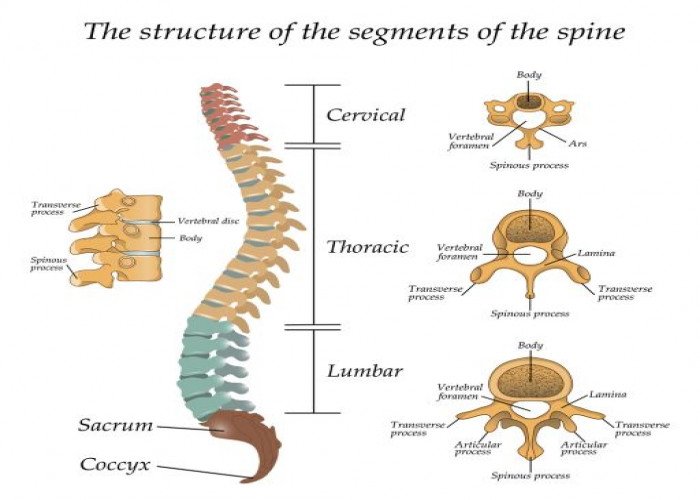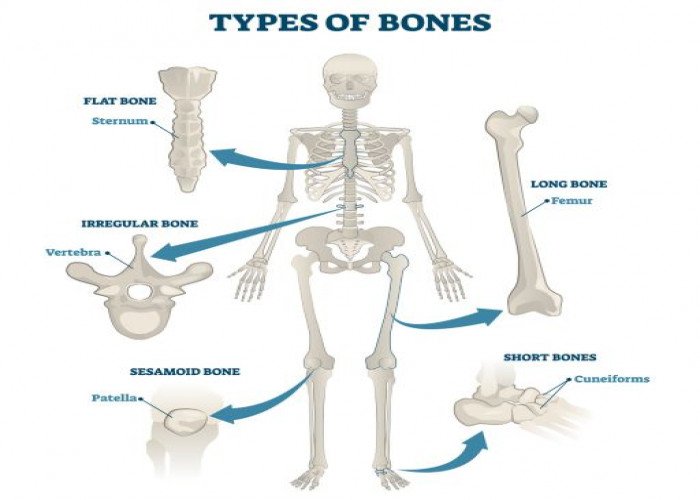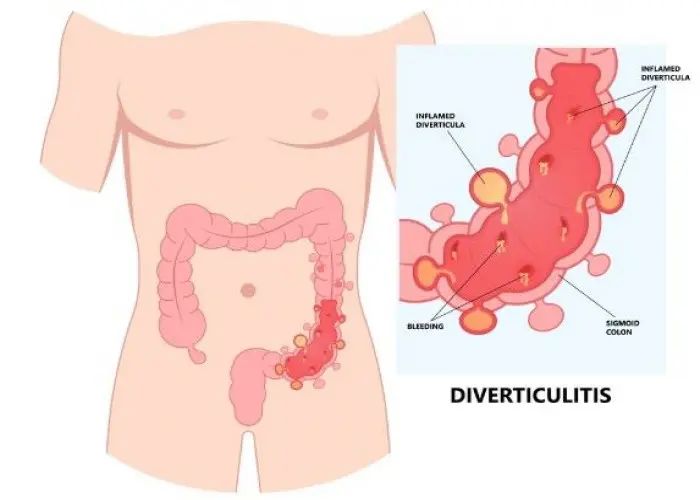 Welcome
Welcome
“May all be happy, may all be healed, may all be at peace and may no one ever suffer."
Anus - Diseases
The anus is the opening at the end of the digestive tract in humans, through which feces (waste material) are expelled from the body during defecation. It is located at the end of the anal canal and is surrounded by two sphincter muscles, the internal and external anal sphincters, which help to control the passage of feces.
The anus is lined with specialized cells that are sensitive to touch, pressure, and pain. It also has a rich blood supply and is highly innervated, which can make it prone to various medical conditions, such as hemorrhoids, anal fissures, abscesses, and tumors.
Good hygiene practices, such as wiping thoroughly after using the toilet and washing the area with soap and water, can help prevent irritation and infection of the anus. Medical treatment may be necessary for conditions that cause pain, bleeding, or other symptoms. Various medical procedures can be performed to diagnose and treat conditions of the anus, including colonoscopy, sigmoidoscopy, and surgery.

Vocal cords

Spine

Earlobe Outer ear

Bones

Vagina

Abdomen

Prostate

Jaw
Anus, Itchy anus, Prolapsed anus, মলদ্বার
To be happy, beautiful, healthy, wealthy, hale and long-lived stay with DM3S.





